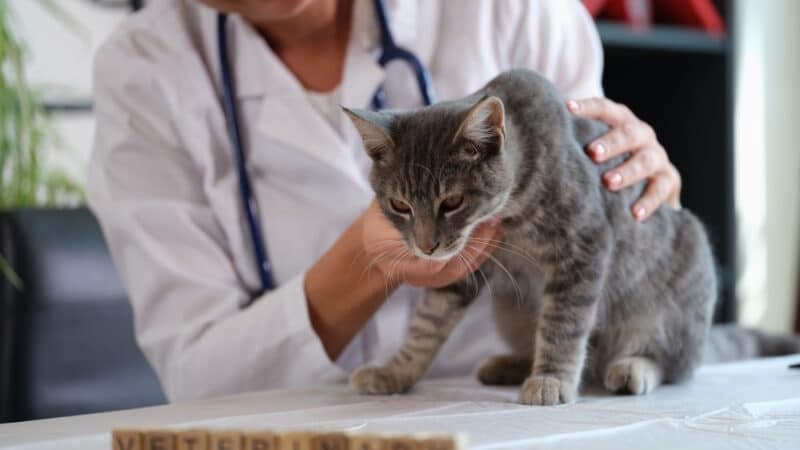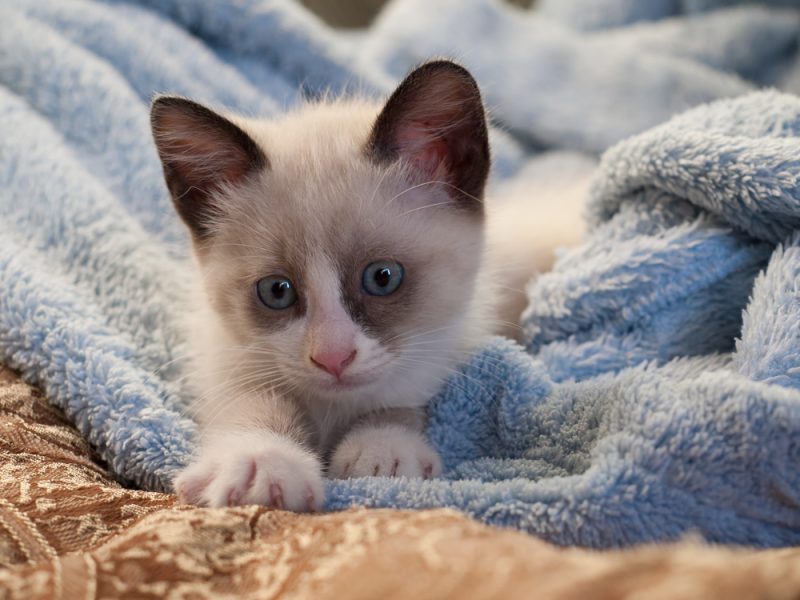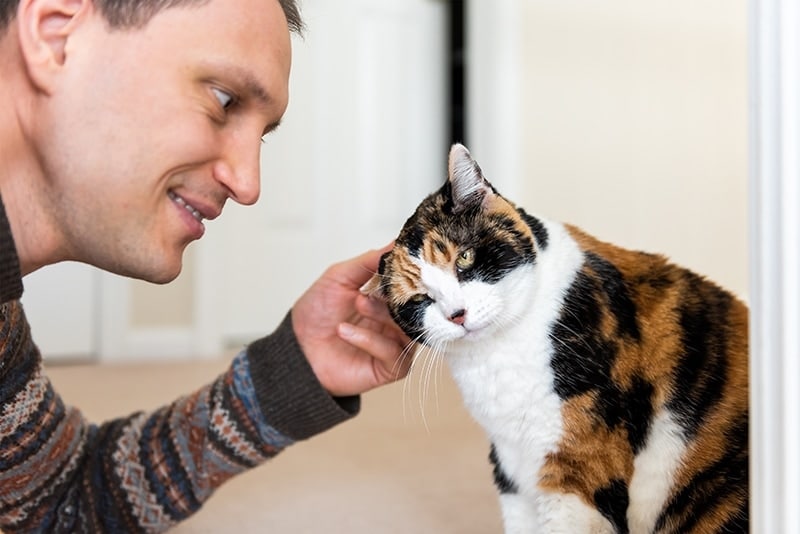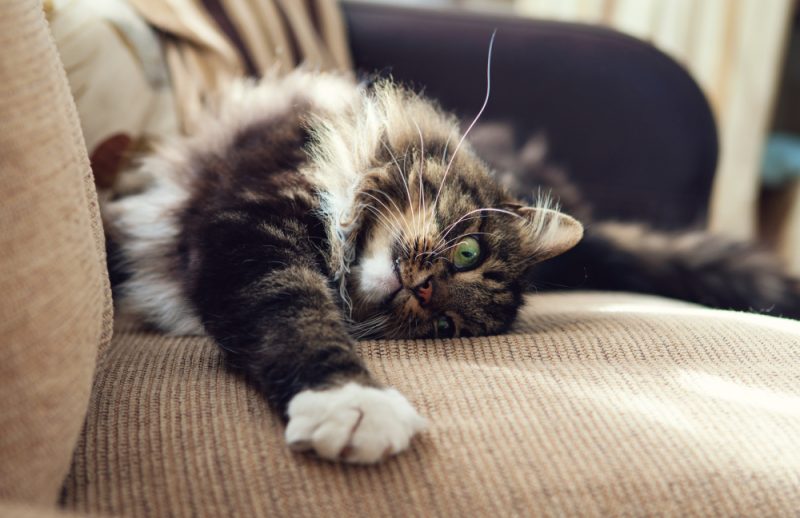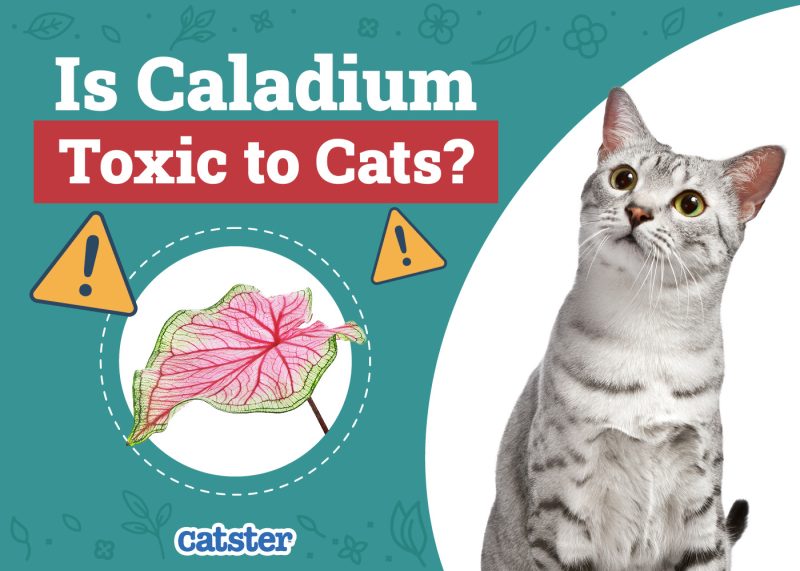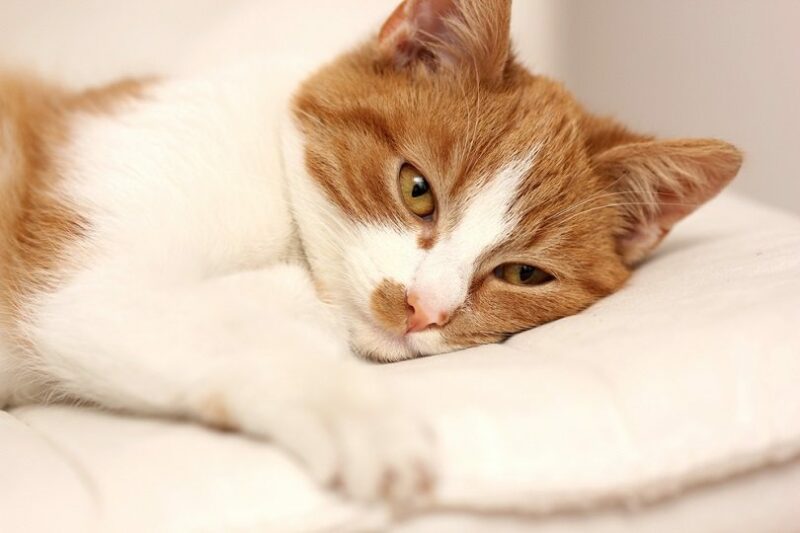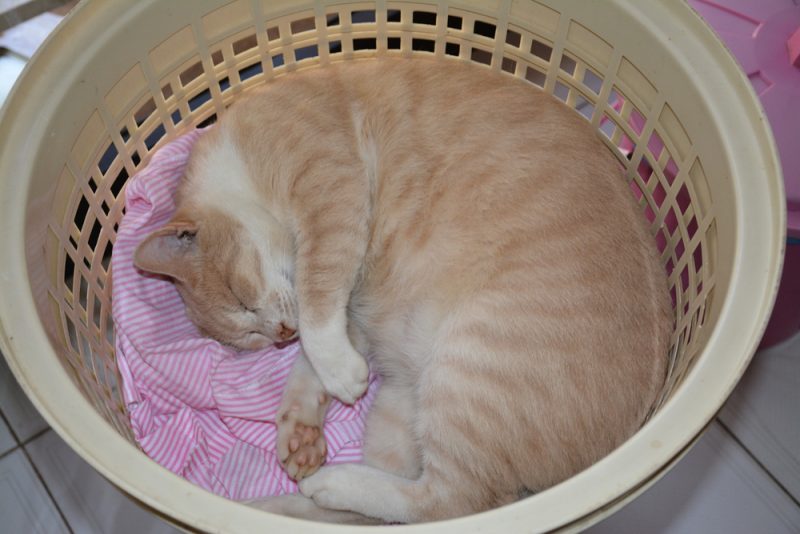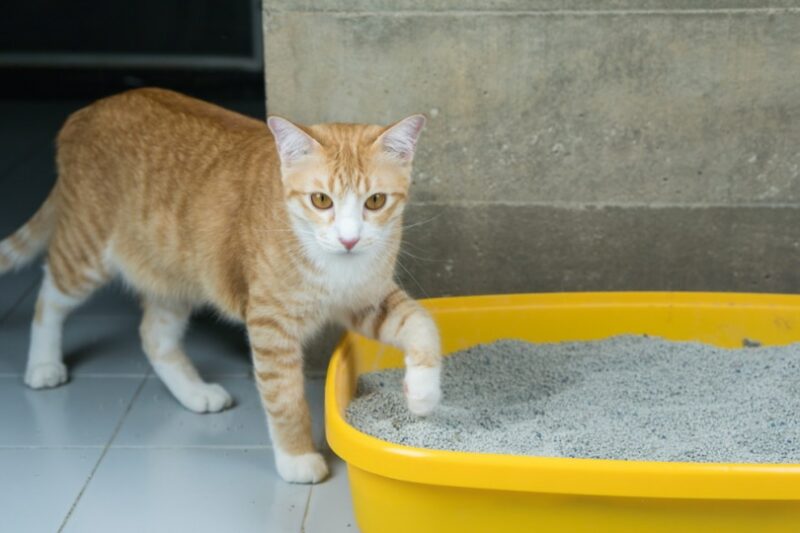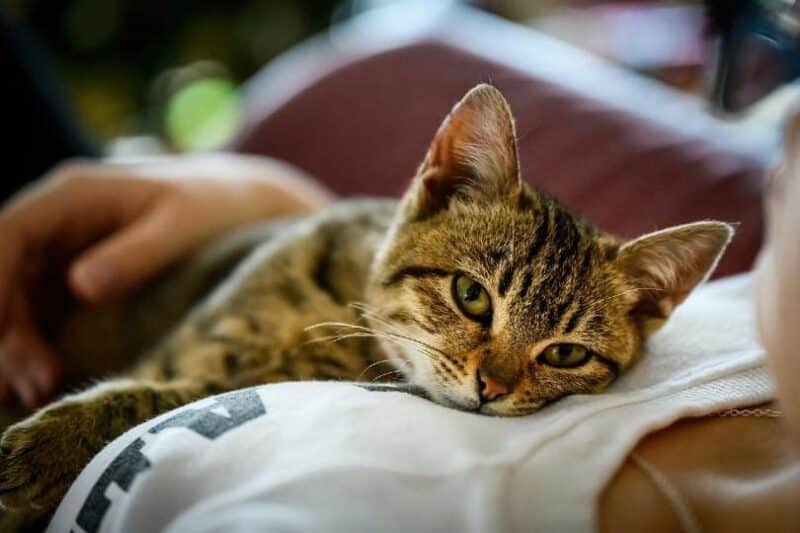Many of us are used to cats of leisure, who while away their days napping in the sunshine, indulging in catnip, and playing with feather wand toys. But there’s another type of cat up for adoption, or should we say, hire.
Working cat programs, offered by certain rescues and sanctuaries across the country, allow you to adopt cats that will live in your barn or business and serve as natural rodent control. Adopting these cats gives them a home, care, and a job, and you get a pest-free barn, church, warehouse, or factory.
How Does It Work?
Although the specifics depend on which program you choose, here’s how the process works at the Best Friends Animal Society in Kanab, Utah.
Start by contacting the sanctuary and letting them know that you’re interested in adopting working cats for your farm, church, or business. Because working cats do best in pairs, the sanctuary will select two cats that will do well together.
Like any other cats up for adoption, the working cats are vaccinated, microchipped, and spayed or neutered. The adoption fee may be waived.
On adoption day, bring a sturdy airline-approved plastic carrier. When you arrive at the cats’ new home, the sanctuary recommends keeping them enclosed in a room for two weeks to help them acclimate. After that, they’re ready for work!
Keep in mind that you do need to provide shelter, food, and medical care for your new working cats. It’s not much to ask in exchange for a pest-free business!
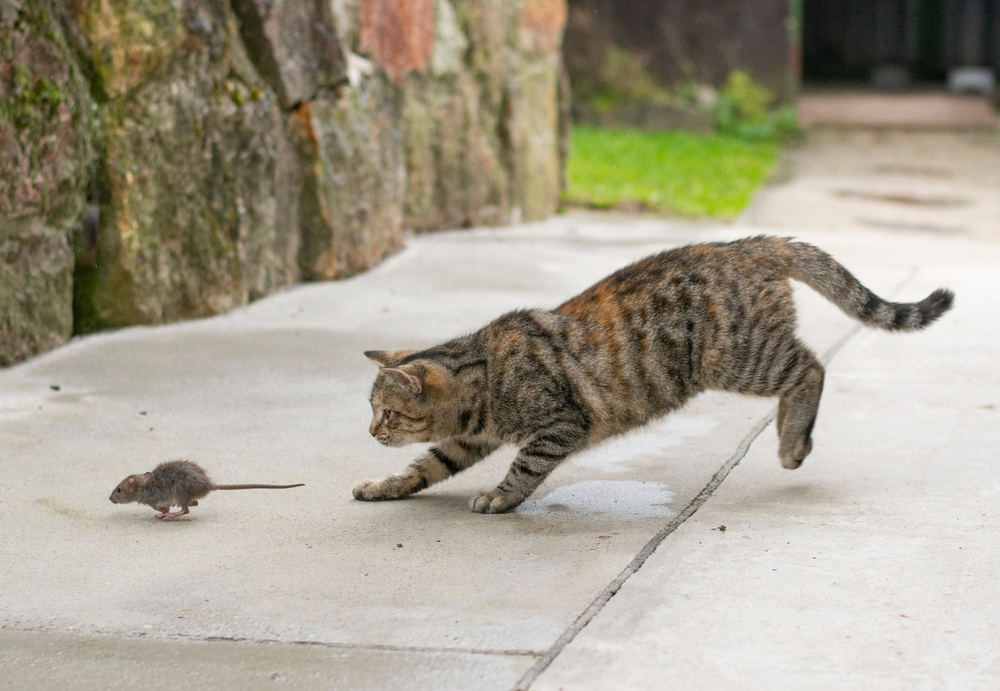
Why Are These Cats Working Instead of Pets?
The cats that end up in working cat programs are not bonded to people and are not socialized for living as pets. These independent cats may not be willing to use a litter box, react badly to handling, or simply do not have the temperament to be pets.
Working cat programs offer a better life for these cats than living as strays. As employees, they get access to food and water, as well as basic medical care and an indoor place to sleep.
How Do You Find A Working Cat Program?
The best way to find a working cat program is to search for one in your state. Most rescues, sanctuaries, and shelters offer working cat programs because not all rescued cats can be adopted as household pets. Many rescues and shelters will also allow you to adopt across state lines and will help you work out the transportation details. You can also contact your local shelter to see if they have any working cats available.
Here are a few of the working cat programs currently running:
- La Plata County Humane Society (Colorado)
- Foothills Animal Shelter (Colorado)
- San Diego Humane Society (California)
- ASAP Cats (California)
- Animal Humane Society (Minnesota)
- Ruff Start Rescue (Minnesota)
- MeowSquad (New York City)
- Humane Society Tampa Bay (Florida)
- SPCA of Texas
There are many more across the country, so if you’re in need of pest control (or know a business or church that could use some help), don’t hesitate to start the search! The wages may be low, but your furry new employees will appreciate the work (and comfy place to sleep!).
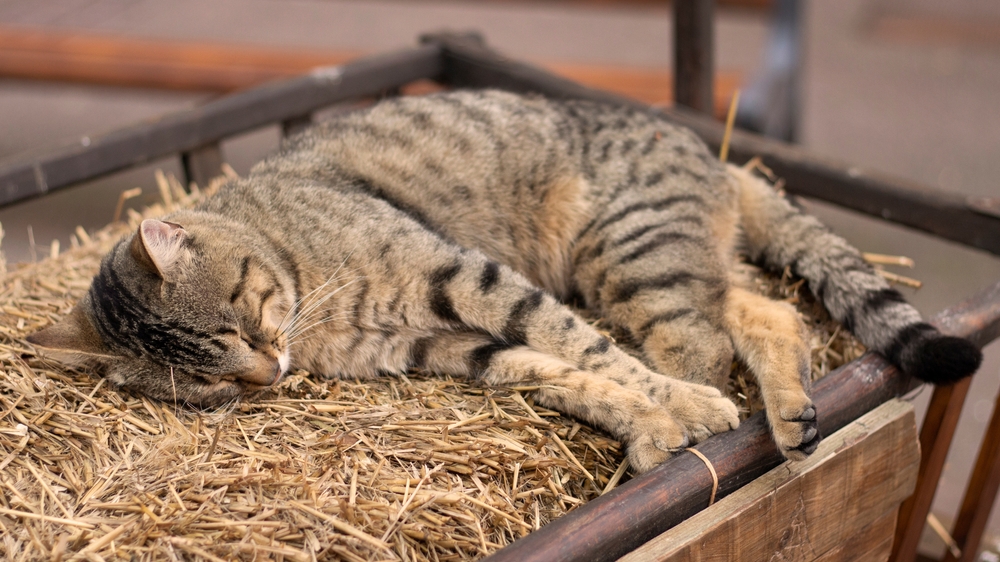
Did You Know?
- Our breaking news articles are featured in our weekly emails. Don’t miss out on the latest and sign up for our newsletter below!


